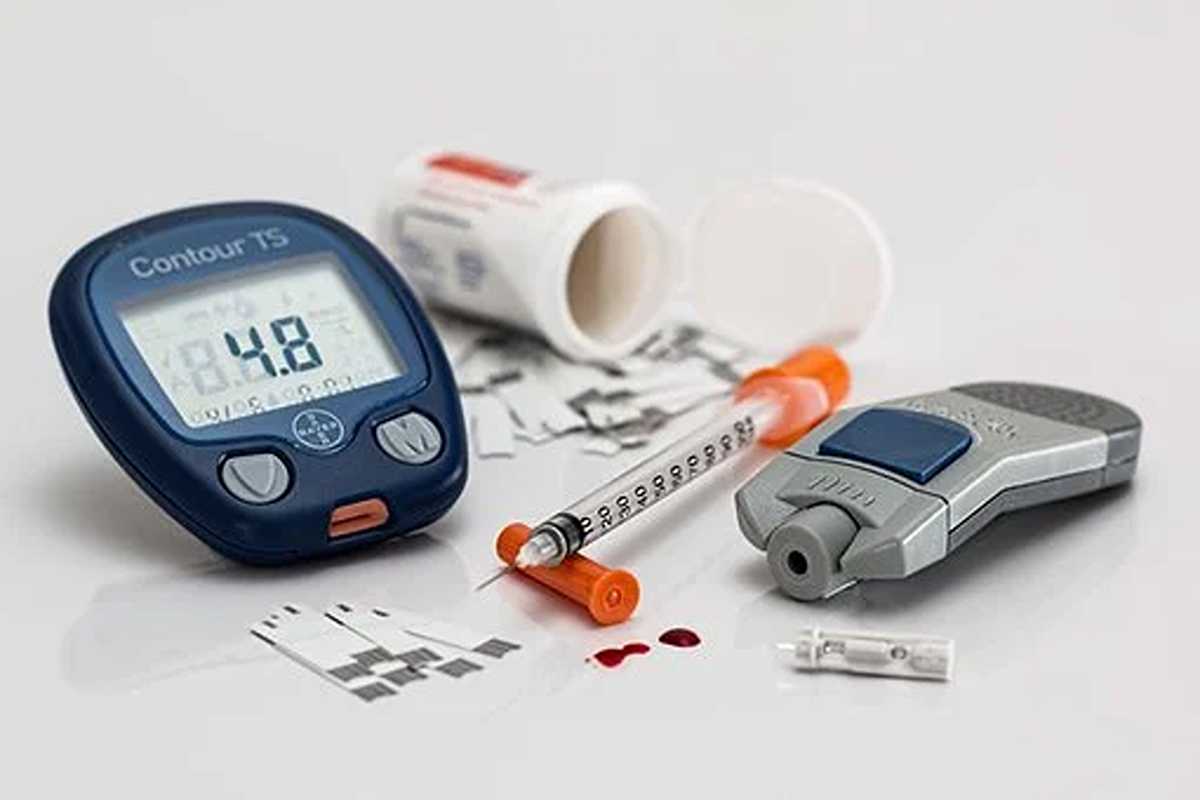Precisely what is Diabetes?
Diabetes Mellitus is a condition that’s one of the most expensive and burdensome chronic illnesses of our time – this is a fast-growing to almost epidemic ratio throughout the World.
Diabetes is a severe disorder of the pancreas. Simply, the body cannot use the sugar (sugar) in the blood since the levels are too high. Sugar is obtained from the digestive function of certain foods like bread, potatoes, rice, and sugar, along with other sweet foods, as well as through the liver.
There are two primary types of Diabetes known as Kind 1 Diabetes and Diabetes mellitus type 2.
Type 1 Diabetes — this develops when the person is not able to produce any insulin. It is more usual for Type 1 Diabetes to show up before you reach the age of forty. Type 1 Diabetes is usually treated with regular insulin shots and a change in diet. Routine workouts are also recommended.
Type 2 Diabetes develops when bodies can make some but not sufficient insulin itself or when the produced insulin doesn’t work correctly (called insulin resistance). Diabetes mellitus type 2 is often linked with being overweight and, more often than not, appears in those over forty. Although in certain people,
electronic. g African-Caribbean and Southern region Asian, Type 2 Diabetes can look as early as age 25. Not too long ago, more children were told they had Type 2 Diabetes. This type of Diabetes is often treatable with lifestyle changes, such as losing weight, a healthier diet program, and increasing your workout. Type 2 Diabetes may also require further treatment in tablets and often insulin to ensure that the body preserves normal blood glucose levels. It is sometimes the case that a Type 2 Diabetes patient may need insulin a couple of times a day. However, it can often be held at night with diet and pill medication.
The aim of remedying both types of Diabetes would be to have blood glucose levels, high blood pressure, and cholesterol levels near average as feasible. As the long-term complications associated with Diabetes can be an increased price of morbidity and fatality mainly due to failure of numerous organs like the eyes and kidneys, it is essential to recognize and have Diabetes treated as soon as possible. Diabetes sufferers also have a much higher possibility of peripheral vascular disease, swings, and coronary artery disease. They are also at greater risk of building hypertension (high blood pressure) and obesity.
So what would be the Symptoms of Diabetes? One of the first things one may be aware of is improved thirst and extreme fatigue. You will also find you need to pay much more frequent visits to the restroom, especially at night time. Weight reduction can also occur, as may general skin itchiness and frequently blurred vision. You may also observe general weakness and exhaustion, as well as irritability.
Type one Diabetes develops much more rapidly than Type 2 Diabetes, usually over weeks. The symptoms are usually much more apparent and easier to identify.
Type 2 Diabetes builds up more slowly, and the symptoms are not usually as severe. Generally, sufferers have not even found any symptoms, and it is merely through a routine blood analysis that they are diagnosed as obtaining Diabetes.
What Tests are possible to check for Diabetes? There are two tests, an example may be a test on your urine, and the other is on your blood. With the urine analysis, some chemicals are included with the urine, and an examining stick is put into typically the urine. The color changes on the stick indicate the profile or non-presence of carbs and glucose. The most accurate test, nonetheless, is a blood test that offers a very good idea of the level of carbs and glucose in the blood.
What Portions of my Body Can Be Affected by Diabetic? Heart – the amount of extra fat and homocysteine in the body are increased with Diabetic.
Kidney – due to the more significant glucose levels, the kidneys have to work much more challenging to retain essential substances and different waste products to produce pee. This, in turn, affects the small arteries and their filtering capability. After years of this extra work, renal failure can and often can follow.
Blood Vessels – the more significant levels of glucose damage blood vessels; as a result, most diabetic complications occur in the bloodstream.
Eyes – Diabetes can impact the blood ships of the eyes. Damage can lead to several eye problems like harm to the retina, cataracts, and even total loss of vision. For this reason, it is essential to have regular eye checks when you are diagnosed to be Diabetic.
Feet – harmed blood vessels can reduce the blood circulation to the feet and therefore boost the risk of you developing foot ulcers and infections.
Nerve fibers – the sustained higher glucose levels over a very long time damage the nerves, which could reduce sensation in some areas of the body. This can lead to numbness as well as tingling as well as dizziness as well as fainting.
How will I know which Diabetes Treatment is operating? You need to learn how to test your blood glucose levels (usually completed with a slight self-administered jab to a finger, blood decreased onto a strip inserted into a little machine to give a sugar level). There are many testing resources available;
ask your doctor what type is best for you. Also, get suggestions about how often you need to test your bloodstream and at what levels you have to seek advice. Keep some of your blood glucose levels and have them to your Doctor. A good reading through, between meals, will be between 70 and 140 mg/dl.
Your doctor will also perform bloodstream tests, showing your blood glucose control over the past several months.
Read also: Health Iq Reviews – Find The Best Deal.


